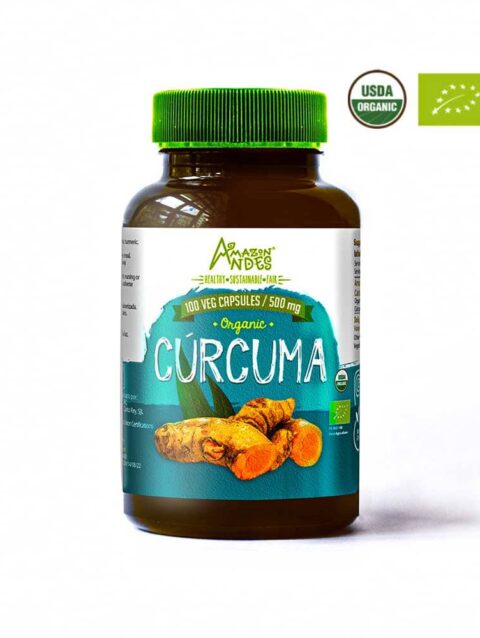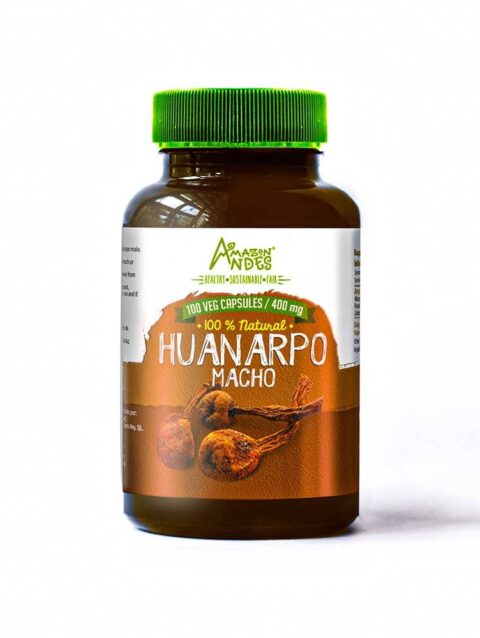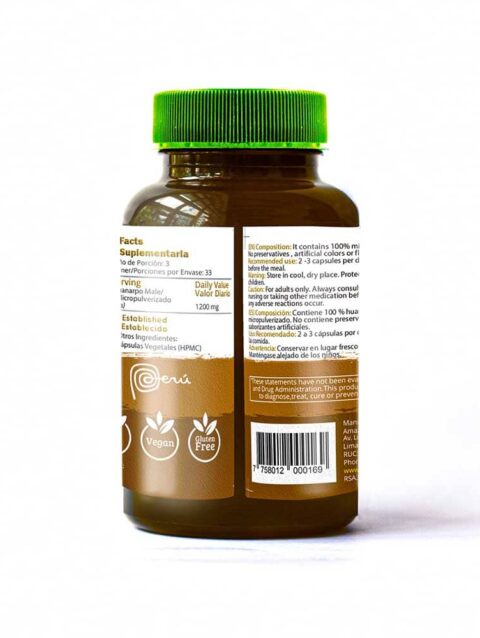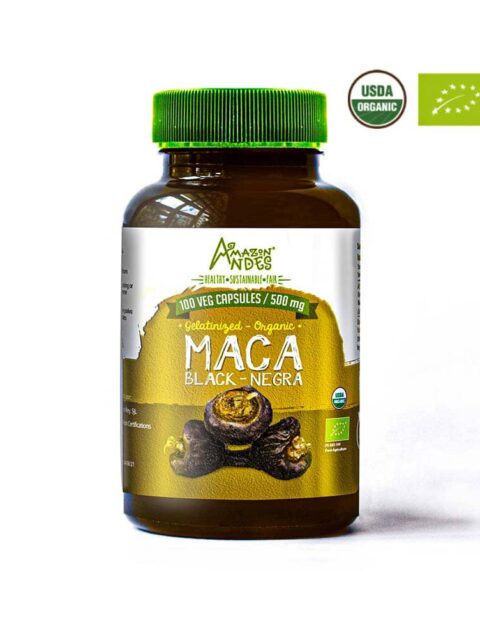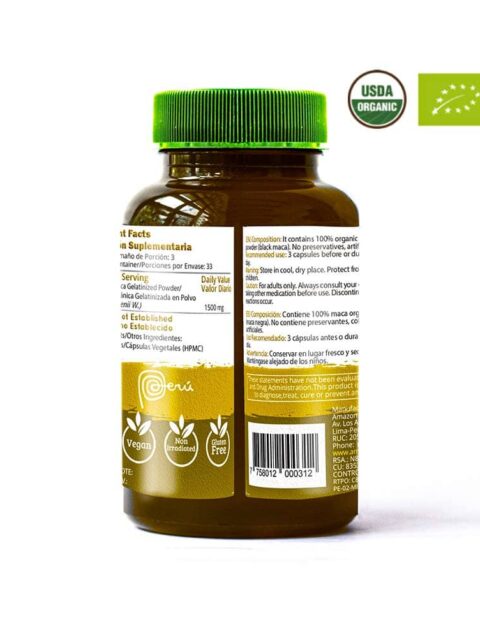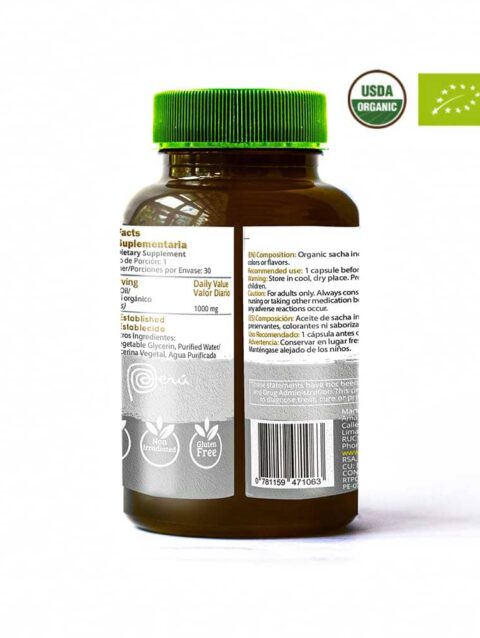- Home
- Raw Materials
- Herbs
- Page
Cat’s claw or uña de gato
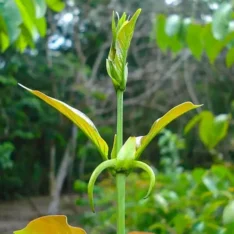
Cat’s claw bark supplier
Our cat’s claw bark (Uncaria tomentosa) is wild harvested and complies with all national and international harvesting permissions (endangered plant on CITES list), It comes from forestry work with Amazonian communities in Pucallpa – Peru.
At AMAZON ANDES we are producers, suppliers and exporters of organic products derived from Cat’s claw (powder or flour). We offer wholesale prices for importers and distributors. We are suppliers of the best raw material from the Andean-Amazonian area in Peru.
We have an active certificate by Control Union Peru for USDA-NOP, EUROPE, CANADA and JAPAN. We have FDA certified facilities. We also offer the EOM service or private label for Cat’s claw vegetable capsules, tablets, hydroalcoholic extract, bark and Cat’s claw powder.
We have HACCP and GMP quality certifications by NSF. Batch certificates of analysis and samples are available.
We are the best alternative from origin. The best amazonian Cat’s Claw supplier.
ORIGIN OF CAT'S CLAW
The Una de Gato is one of the most important Peruvian medicinal plants. In the 1st International Congress on this species sponsored by the World Health Organization (WHO), the rediscovery of this Amazonian plant was cataloged as the most important since the discovery of quinine from the Peruvian cinchona tree in the 17th century.Although cat’s claw was known and used by the Yáneshas and Asháninkas of the central jungle of Peru for the cure of common diseases, it is known that its use as a medicinal plant outside the indigenous sphere is recent, dating back only thirty or forty years.
The history of its scientific discovery dates back to 1830, the year in which it was first described as a botanical species. But it was only in the fifties when the German naturalist Arturo Brell carried out the first systematic studies of the species from plants collected in the central Peruvian jungle. The scientific discovery of cat’s claw as a medicinal plant and its subsequent spread throughout the world as a “healing plant”
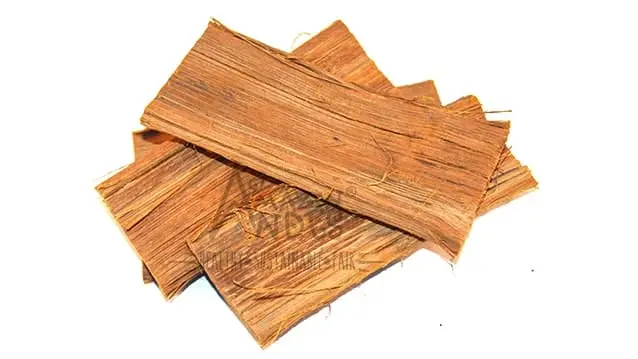
TRADITIONAL USE OF CAT’S CLAW
BENEFITS OF CAT´S CLAW
IMMUNOSTIMULANTING
This is due to the alkaloids isomitraphylline and pteropodine. It increases the phagocytic activity of neutrophilic granulocytes and macrophages, and stimulates the production of lymphokines. It also increases the number of monocytes in active phases in the peripheral circulation, up to 50%, at least after one week of treatment. Granulocytes increase their phagocytic power by 60% (Brand test with Zimosan particles) in the presence of 0.01% extracts. There is no alteration in the proliferation of T lymphocytes under normal conditions, but there is an increase in the presence of antigens. It is useful in cancer, AIDS, systemic candidiasis, various herpes and Kaposi’s sarcoma.
ANTI-INFLAMMATORY
Thanks to quinovic glycosides. 15% higher than indomethacin. Useful in rheumatoid arthritis, various arthritis, bursitis, rheumatism, lupus and fibromyalgia.
ANTI-FREE RADICALS
Effective in inflammatory processes, cancerous, febrile states and exposure to ionizing radiation.
ANTIMUTAGENIC AND CYTOSTATIC
Action due to isorincophilin. Inhibits DNA polymerases alpha. The mitoses of H.L cells are reduced, while those of normal fibroblasts are not altered, useful in cancer, in vivo, avoiding metastasis.
ANTIVIRAL
Especially against enveloped RNA-viruses. Useful against the AIDS virus HIV, genital herpes and herpes zoster, colds, sinusitis, otitis, vesicular stomatitis virus, conjunctivitis.
DETOXICANT AND RESOLUTIVE OF THE DIGESTIVE TRACT
It is very useful when conventional treatments fail in Crohn’s disease, diverticulitis, colitis, hemorrhoids, fistulas, gastritis, ulcers, intestinal parasites, changes in the intestinal flora, anal drip.
ANTI-ALLERGIC
Useful in neurobromchitis and lupus.
DETOXIFYING ENVIRONMENTAL TOXINS
Effective in chronic fatigue, organic depression, acne.
ANAPHRODISIAC FOR MEN
Useful in prostatitis, regulator of the menstrual cycle, dysmenorrhea. However, the Uncaria tincture is aphrodisiac because it does not undergo maceration at a high temperature, as is the case in other preparations. Decoctions, then, have the opposite effect, that is, anaphrodisiac.
ANTI-AGGREGANT PLATELET
Due to rhyncophilin. Prevents stroke, heart attacks, hypertension, arteriosclerosis, thrombosis, thrombophlebitis, etc.
SIDE EFFECTS AND CONTRAINDICATIONS OF CAT´S CLAW
Products derived from extracts of cat´s claw may cause some sedation or drowsiness.
Avoid use by pregnant women. It could cause complications.
OUR CERTIFICATIONS
Our brand has the following specifications.




